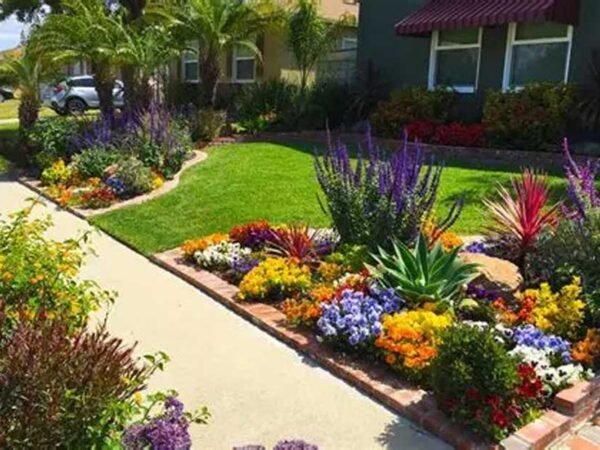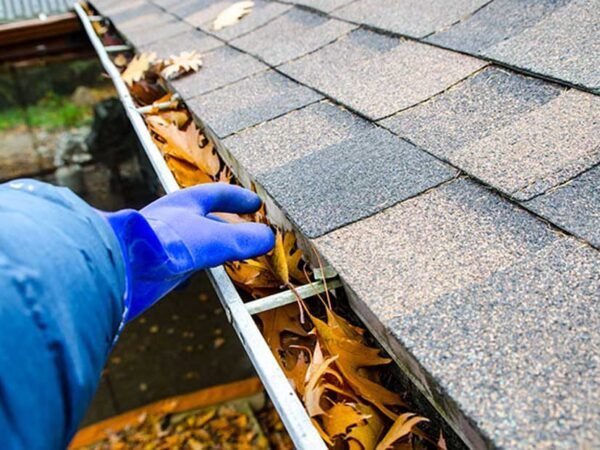Install heating elements at least 10 feet from structures and trees, on level, non-flammable surfaces, and ensure proper ventilation. Always check local codes and obtain necessary permits before installation.
While this basic safety guidance is important, there’s much more you need to know depending on your specific situation. Different types of heating elements – from wood-burning fire pits to gas-powered fireplaces – each have their own unique safety considerations and installation requirements that could affect your plans.
What Are The Safety Requirements For Different Types Of Outdoor Heating Elements?
Wood-burning fire pits require a heat-resistant base like concrete or stone pavers, with a 3-foot clearing of any flammable materials around the perimeter. They should have a metal screen cover to prevent sparks from escaping and need regular ash cleanup to maintain safety.
Gas-powered fireplaces require professional installation to ensure proper gas line connections and ventilation. They must have automatic shut-off features and be installed with appropriate clearance from combustible materials according to manufacturer specifications, typically 24-36 inches on all sides. When planning installations under or near overhead structures like modern louvered pergolas, additional ventilation considerations and clearance requirements may apply to prevent heat buildup and ensure safe operation.
Electric heating elements are generally the safest option but require proper electrical connections and weatherproof outlets. They should be UL-listed for outdoor use and kept protected from direct exposure to rain and snow.
What Permits And Regulations Should I Consider Before Installation?
Most municipalities require permits for permanent heating installations, particularly for gas-powered units. Check with your local building department, as requirements vary by location. Some areas restrict wood-burning features during certain seasons or require specific setbacks from property lines.
HOAs often have additional regulations about the size, style, and placement of outdoor heating elements. Review your association’s guidelines before making any purchases or beginning installation.
Fire insurance policies may need updating to cover outdoor heating elements. Contact your insurance provider to understand coverage requirements and any potential premium adjustments.
How Do I Maintain My Outdoor Heating Element For Long-Term Safety?
Regular maintenance is crucial for preventing safety hazards. For wood-burning units, clean out ashes after each use and inspect for creosote buildup monthly during heavy-use seasons. Check for cracks or damage that could compromise structural integrity.
Gas-powered elements need annual professional inspections to check for gas leaks, ensure proper ventilation, and verify that safety features are functioning correctly. Replace any corroded parts immediately.
Keep records of all maintenance and inspections. This documentation can be important for insurance purposes and helps track when regular service is needed.
What Emergency Safety Measures Should I Have In Place?
Keep a fire extinguisher rated for all fire types (Class ABC) within easy reach of your heating element. Test it regularly and ensure all family members know its location and how to use it properly.
Install carbon monoxide detectors if using gas-powered heating elements, even in outdoor spaces that are partially enclosed. Place them in adjacent indoor areas where fumes could potentially enter.
Create a clear emergency plan that includes shut-off procedures for gas units and evacuation routes. Keep a bucket of sand or water nearby for wood-burning units, and maintain a first aid kit in the outdoor entertaining area.
How Do I Safely Operate My Outdoor Heating Element Around Children And Pets?
Establish and enforce clear safety boundaries around heating elements. Use physical barriers like decorative fencing or stones to create a safety zone that keeps children and pets at least 3 feet away from the heat source.
Never leave children or pets unsupervised around active heating elements. Teach children about fire safety from an early age, explaining why certain rules exist and demonstrating proper behavior around outdoor heating features.
Consider installing protective screens or covers that remain cool to the touch, even when the heating element is in use. For gas units, ensure control knobs are child-proof or located where children cannot reach them. When not in use, cover fire pits and secure gas shut-off valves to prevent accidental activation.
Conclusion
Before purchasing any outdoor heating element, schedule a consultation with a local outdoor living specialist or licensed contractor who can evaluate your specific space and requirements. They can help you understand which heating option best suits your needs while ensuring compliance with local codes and safety regulations, making the entire process smoother and safer from the start.













